Ben Wheatley’s 2015 dystopian thriller, ‘High-Rise,’ follows the story of a man who moves into a high-rise building in the hopes of starting a new chapter of his life. The protagonist is Robert Laing (Tom Hiddleston), who is grieving his sister, who recently passed away. He is the last of his family to be alive, and that is already taking an emotional toll on him. However, he tries to start anew in the building, which is part of a much bigger project. The place is designed to be self-sufficient, such that there is everything from shops and schools to spas and whatnot. The only reason people leave the place is to go to their jobs.
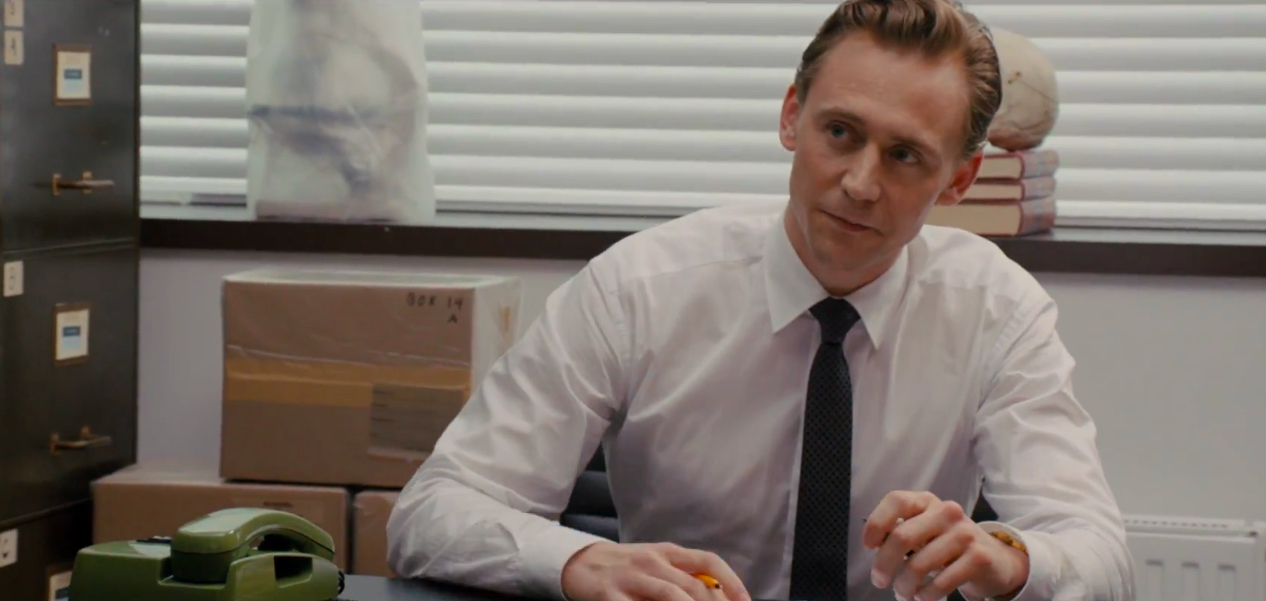
When Laing arrives in the building, it has already been divided into a social hierarchy. The topmost floors are inhabited by the rich, who have more resources at their disposal. The lower you get in a building, the lower you are on the social ladder. Everyone seems to have accepted this way of things, but when the amenities in the building start to get affected, dissent arises among the residents of the lower floors. Regular power cuts and reduced access to basic facilities anger the residents. The upper-floor residents, however, remain unaffected by these things, and they don’t seem to care about whatever happens to the people who are not them.
Over time, Laing forms a relationship with a single mother named Charlotte. He also befriends Richard Wilder, who has a pregnant wife and children, but that doesn’t stop him from being out partying all night. He is distressed by the lack of work, considering that he wants to make it in the TV business, and it only makes him angrier about the ones who live on the top floors of the building. He harbors particular hatred for the architect, Anthony Royal, who lives on the topmost floor and rarely, if ever, steps out of his penthouse to see what’s going on in the building he made. By the end, he is forced to witness the demented society he created with his own hands.
Are Anthony Royal and Richard Wilder Dead?
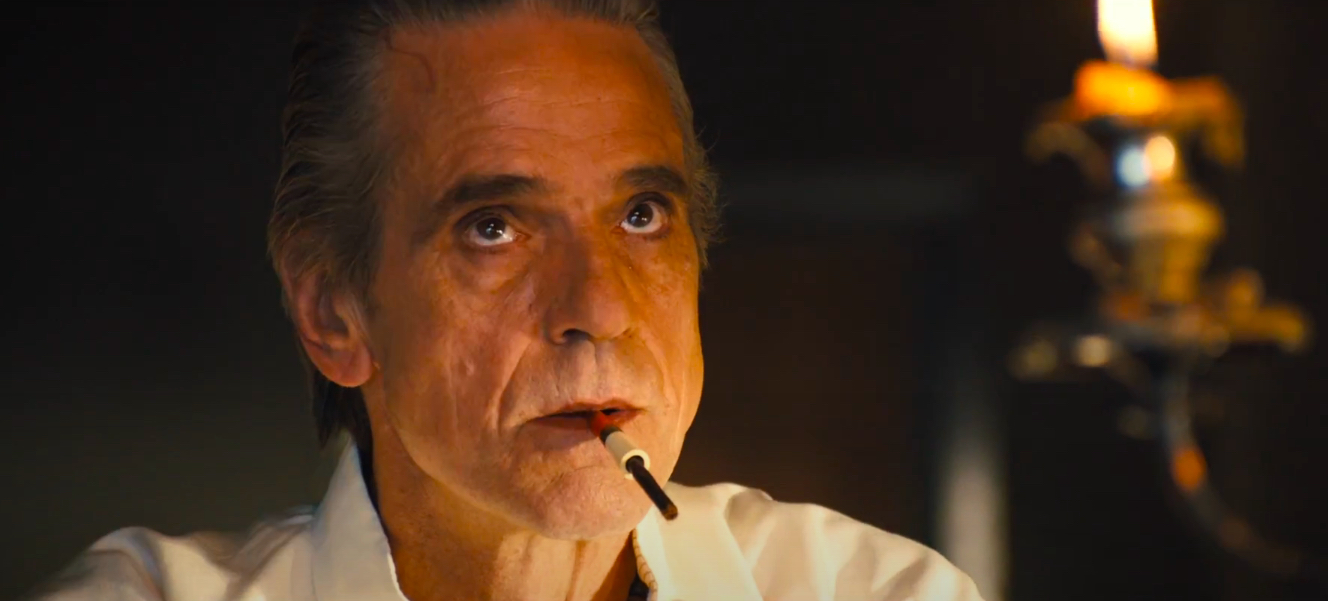
When Laing arrives in the building, he immediately gets a meeting with Royal, who is interested in him for some reason. Over time, the doctor forms a rapport with the architect, and the latter even saves him from being thrown off of the building. Laing also complains to Royal about the power cuts and other problems in the building, but the old man doesn’t pay any attention to them. Rather, he is focused on finishing the set of five, out of which three have already been created and two more need to be made.
Royal tells Laing that he created the building as a “crucible for change,” but by the end, things take such a drastic turn that he has to accept his own follies in creating a flawed system. He comes to his senses too late, and even then, when the time comes to solve the problem, he doesn’t come up with a viable solution that should take care of everyone, including the ones on the lower levels. It is this insensitivity he exhibits towards the lower floor residents that causes anger in the likes of Richard Wilder.
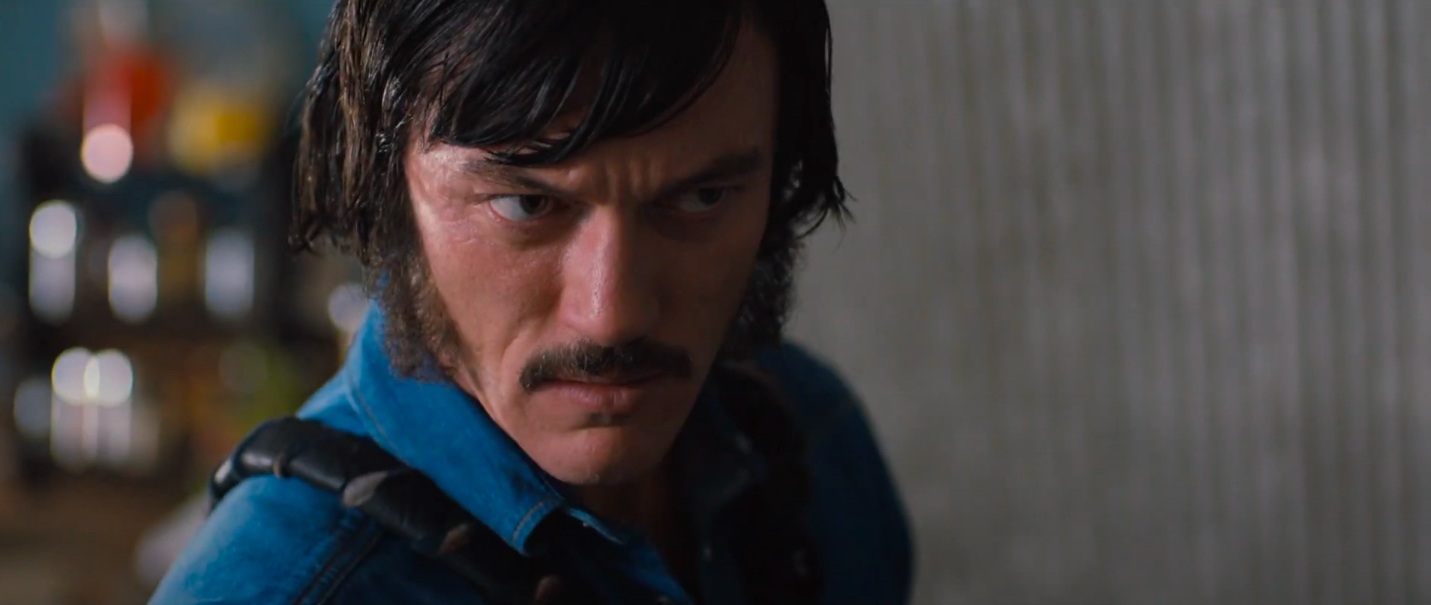
Wilder is no saint himself, and he is driven by his own inadequacies to turn to violence. His anger flares when he discovers that his wife, Helen, was taken to the topmost floor, but that doesn’t stop him from raping and beating up Charlotte. With the help of Royal’s maid, he finds a way inside the penthouse. He finds the architect with whom he has a confrontation, but the latter doesn’t seem even mildly interested in it. Further angered by his attitude, he fires at Royal, and the shot is fatal. The architect dies soon enough, but that doesn’t mean Wilder gets to leave.
When he kills Royal, the women, including his wife, Charlotte and Jane, attack him. By now, the news of him raping and torturing women has made its way to them. Charlotte isn’t the only woman to have endured such torture at his hands. Moreover, with Royal and most other men dead, someone else will try to take charge, and the women know it will be Wilder. That’s possibly the worst option, so before he can do something to them, they bring out their knives and stab him to death.
Why Does Laing Talk About Himself in the Third Person?
Robert Laing came to the high-rise building with the desire to turn over a new leaf. He knew that the change wouldn’t be immediate and it would take him some time to adjust, but he had no idea how much the building and its residents would change within just three months. Things happen so fast that he doesn’t even get time to unpack, and the boxes in his apartment remain stacked. As much as he tries to keep to himself, his psychological state worsens. This is later pointed out by Wilder when Laing tries to evaluate him to figure out if he should be lobotomized.
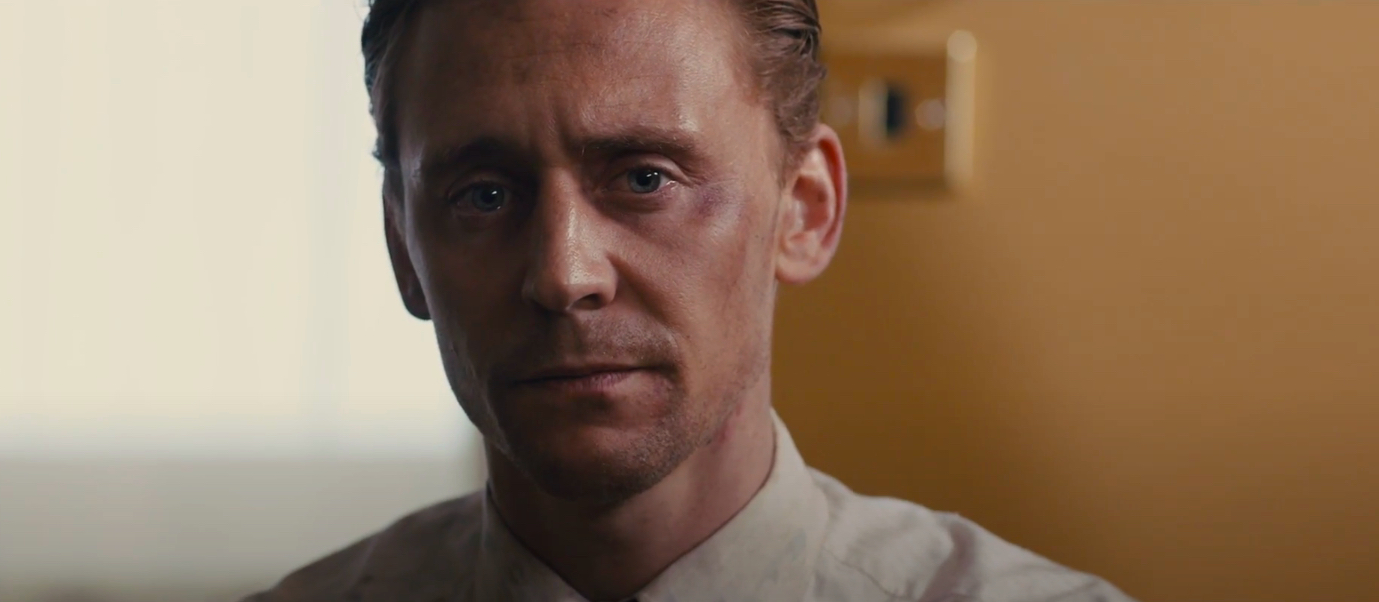
In a matter of a few weeks, Laing sees the side of the world that he cannot close his eyes to anymore. The only thing keeping him sane is his job, which brings him out of the building. The only person who seems to care about him is his secretary, but when Laing stops going to his job, he is cut off from all of that. He is closed in not just in his apartment in the building but also in his own mind. He has no one he can turn to, and with each day, his mind collapses even further. This leads him to see himself as the other and start talking to himself. He refers to himself in the third person as if he is talking about some other man. This is most likely his mind closing off parts of his brain or compartmentalizing stuff so that he doesn’t lose himself completely. If not all of him, some part of him will remain, and that’s the only way for his mind to salvage what is left of him.
By the end, Laing submits to the new world order. He sticks to his floor, hunts the animals he finds, like Royal’s dogs, and sees himself as part of the family that the women on the upper floors have established, and he seems to be happy about it. He stays with Charlotte, but he refuses to open up to her completely, which becomes clear when she asks him why he is talking to himself, and he says he is conversing with the building. She can see how much his mind has disintegrated, but perhaps the worst of it remains to come to light.
What Happens to Helen and Her Baby? Who Survives in the End?
Three months doesn’t seem like a long time, but the way things escalate in the high-rise building during this time period makes it feel like an eternity has passed since Laing’s arrival. When the violence escalates and all sense of order disappears, women and children are the first to become commodities that are traded around. In one scene, we see the heavily pregnant Helen being taken away by the men from the upper floors. One is horrified to think of what could have happened to her, but fortunately, she is alive when we see her again. She gives birth, and her baby is safe as well. Then, her husband comes in, shoots the architect, and gets himself killed.
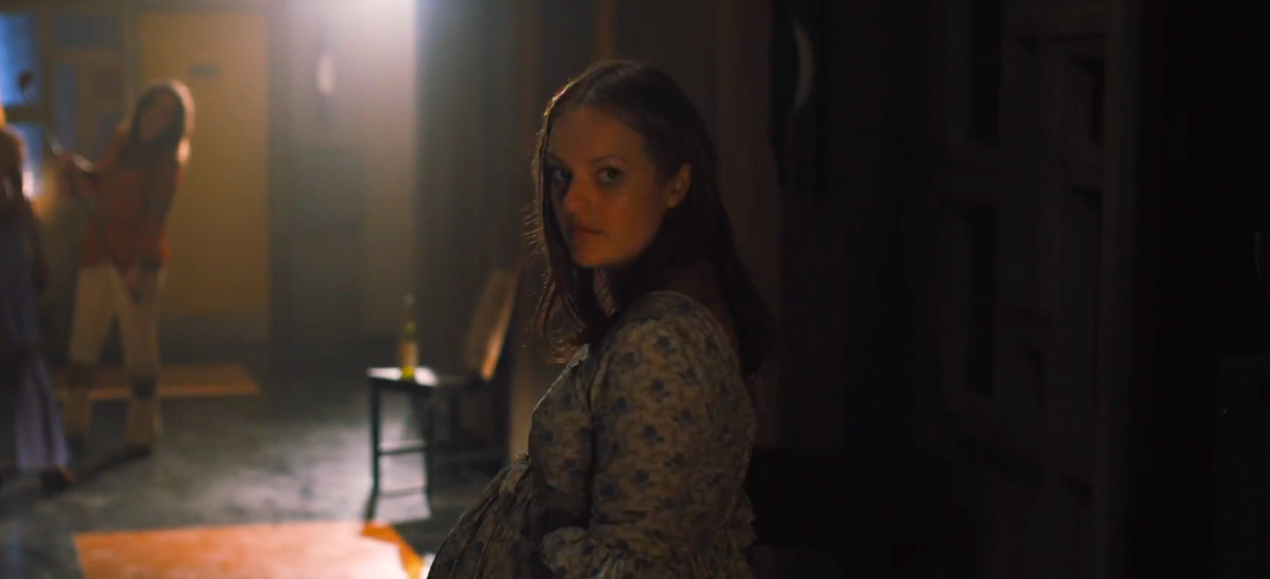
With both Wilder and Royal gone, the women decide to stick with each other, which means that Helen and her baby will remain safe, at least for a while. Before Royal is killed, the women are seen discussing the plans for the building, which shows that they have already been planning ways to take care of the problem that has infested the building. It could very well be the plan that the men laid out initially about getting the lower-level residents in control, pushing them out, and then turning the lower levels into new things that they could enjoy. It remains unclear what the women were planning, but there is a good chance that they will try to save their own floors, barricade them, and most likely form their own societal structure.
By the end of the film, the women are the only survivors on the top floors, apart from Laing and Charlotte’s son, Toby. The lower floors have their own systems in place, and Laing prefers not to go near them. Everyone is afforded their own level of insanity. For example, if Steele wants to keep Cosgrove’s head inside a TV and see it as entertainment, then that’s his prerogative. No one asks anyone what they are doing to survive in the building, and there is a good chance that things will eventually get worse as the remaining resources are bound to dwindle. Hopefully, there will be a police intervention in the end, but for now, there is no hope. In fact, Laing is convinced that the same thing is bound to happen in the second building soon enough.
What Does Margaret Thatcher’s Line in the End Mean?
At the end of the movie, when the violence stops and things settle down a bit, we find Toby working on his radio and listening to what sounds like Margaret Thatcher. The film ends with her talking about capitalism as “the only one economic system in the world.” “Where there is state capitalism, there will never be political freedom,” she says. This line directly corresponds to the state of the building, with a special focus on its collapse. Cut off from the rest of the world, the building worked as a self-contained society where an immediate social structure emerged as soon as the residents came into the picture. The command of the building was in the hands of its creator, Royal, but with time, more people from the upper floor got involved, and in the end, the power of money spoke above all else.

With Royal and his rich friends at the top of the food chain, all the money would flow to them, and they would decide how the amenities would be distributed in the building. Ideally, it should have been something along the lines of equal distribution to every resident because everyone is paying for the services. However, it didn’t take much for the system to lean in favor of the top-floor residents, leaving the lower-floor ones to fend for themselves. The lack of services created a bigger gap between the upper and lower floor people, and eventually, this tension erupted in the form of violence that completely dismantled the entire structure, leading to a state of anarchy.
Thatcher’s words on the radio reinstate this message, which serves as the core of the film. Power and wealth, when focused in one place, never serve society. It creates a chasm between the sections that only gets wider and eventually comes to a point where it cannot be crossed by a bridge. A violent undertaking becomes inevitable as this form of social structure is meant to collapse. In Thatcher’s words, the entire gist of the movie is served to the audience, giving them food for thought not just for what they have seen but also for what will become of the residents of the high-rise following all this.
Read More: Where is Daredevil Born Again Filmed?


